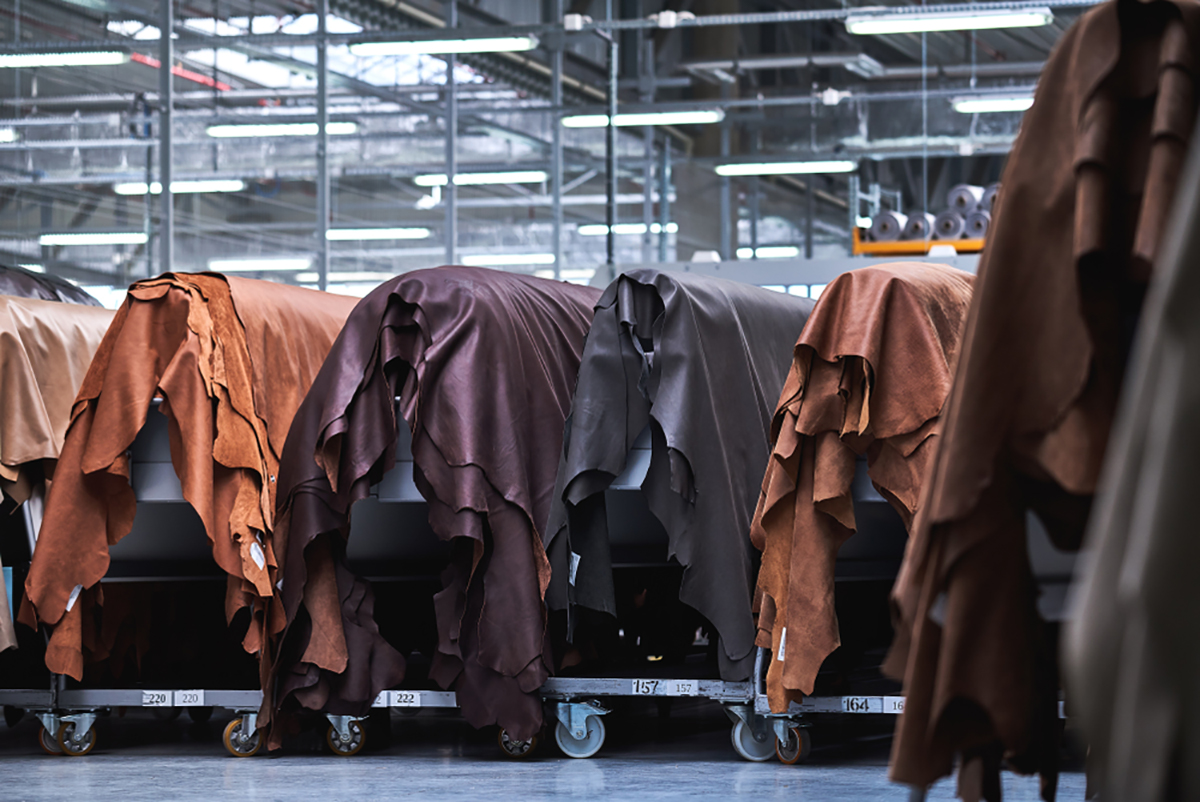Are you a fan of leather goods? Do you wonder how leather products are made, from animal hide to the finished product? If you're curious about the fascinating world of leather manufacturing, this article is for you. We'll take a deep dive into the process of making leather, from the selection of hides to the tanning and finishing process.
The first step in leather manufacturing is the selection of hides. Hides are sourced from different animals, including cows, sheep, goats, and even exotic animals such as alligators and snakes. The quality of the hide is crucial as it will determine the quality of the finished product. The best hides are those that are free from scars, insect bites, and other blemishes.
Once the hides are selected, they are sent to the tannery for processing. The tanning process is what turns animal hides into leather. The process involves the use of chemicals to remove the hair and flesh from the hides. This is followed by the tanning process, which involves the use of chemicals such as chromium, vegetable tannins, and aldehydes to turn the hides into leather. The tanning process can take several weeks, and it is a delicate process that requires skilled workers.
After the tanning process, the leather is ready for finishing. Finishing is the process of giving the leather its final texture and appearance. This involves sanding the leather, dyeing it, and then coating it with a protective layer. The protective layer helps to prevent the leather from cracking and also gives it a glossy finish.
Once the leather is finished, it is ready to be transformed into various leather products such as bags, wallets, shoes, and belts. The leather is cut and stitched to the desired shape and size, and hardware such as buckles and zippers are added to complete the product.
Leather manufacturing is a complex process that requires skilled workers and a keen eye for detail. There are many different types of leather, each with its own unique characteristics and uses. Here are some of the most common types of leather:
Full-grain leather: This is the highest quality leather and is made from the top layer of the hide. It is durable, strong, and develops a beautiful patina over time.
Top-grain leather: This is the second highest quality leather and is made from the second layer of the hide. It is slightly thinner than full-grain leather but is still durable and strong.
Split leather: This is made from the bottom layer of the hide and is less expensive than full-grain and top-grain leather. It is not as strong or durable as the other two types but is still widely used in the manufacturing of leather products.
Patent leather: This is a type of leather that has been coated with a glossy finish. It is commonly used in the manufacturing of shoes and handbags.
Nubuck leather: This is a type of leather that has been sanded to give it a soft, velvety texture. It is commonly used in the manufacturing of shoes and jackets.
Leather manufacturing has come a long way over the years, and there have been many innovations in the process. One such innovation is the use of vegetable tannins instead of harsh chemicals such as chromium. Vegetable tanning is a more eco-friendly option as it uses natural materials instead of chemicals. Another innovation is the use of recycled leather. Recycled leather is made from scraps of leather that are collected from manufacturing processes and then re-purposed into new leather products.
In conclusion, leather manufacturing is a fascinating world that combines craftsmanship, innovation, and artistry. From the selection of hides to the finishing process, every step is carefully crafted with the message that leather products can last for years if cared for properly, making them a sustainable and long-lasting investment. So the next time you purchase a leather product, take a moment to appreciate the intricate process that went into making it, and treat it with care so it can last for years to come.
